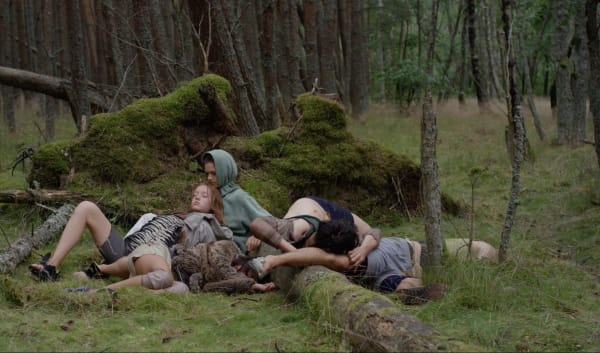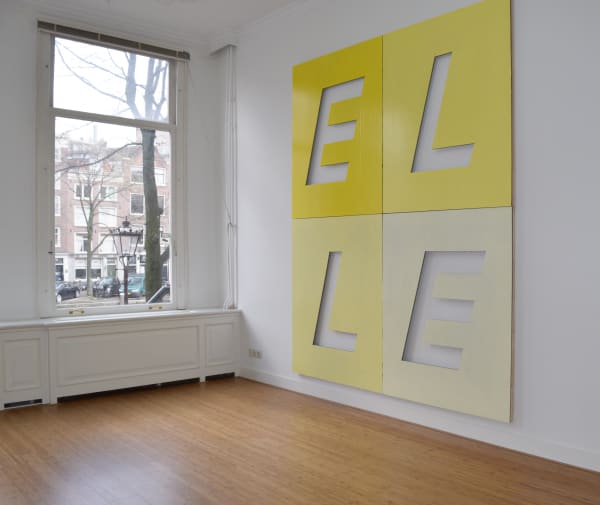-

Dora García | Insect, History, Mirror, Revolution
9 Sep - 21 Oct 2023Ellen de Bruijne PROJECTS is delighted to announce Insect, History, Mirror, Revolution , a new solo exhibition by Dora García, inaugurating the new gallery season on the 9 of September...Read more -

Semicolons
14 Jan - 4 Mar 2023We are kicking off 2023 with a special film program. Semicolons is a screening program curated by Sergi Rusca that seeks to engage different artistic practices in conversation through film...Read more -

For every word an emergence of entropy and a call for reconstruction
12 Feb - 19 Mar 2022A group show with Anne-Lise Coste, Daniele Formica, Dora García, and Klaas Kloosterboer Curated by Sergi Rusca This exhibition is articulated as an ontological opening, [1] that is, a proposal...Read more -

Write me a letter, Works on paper
2 Mar - 6 Apr 2019Ellen de Bruijne Projects is pleased to present Write me a letter, works on paper . With a.o.: LINUS BILL + ADRIEN HORNI DORA GARCÍA ANNE-LISE COSTE KLAAS KLOOSTERBOERRead more




